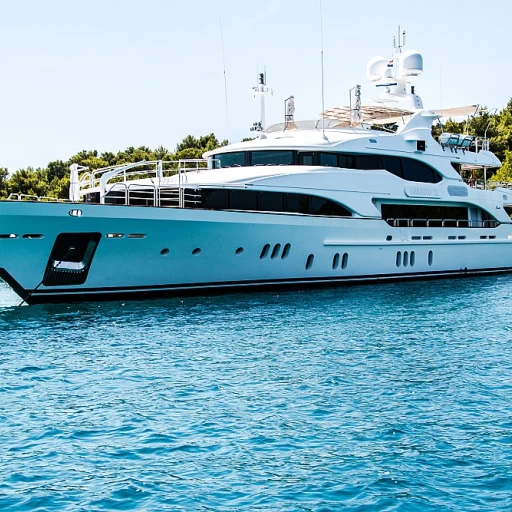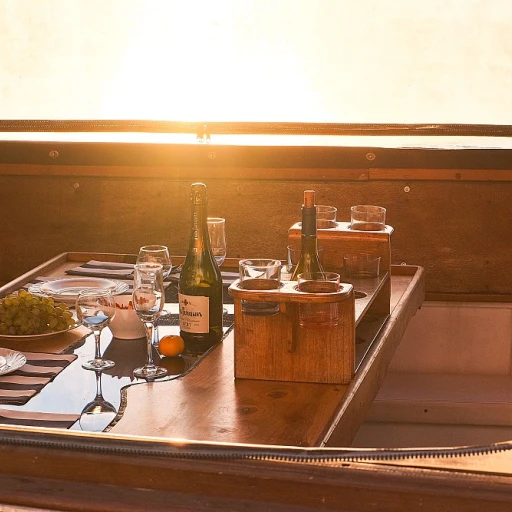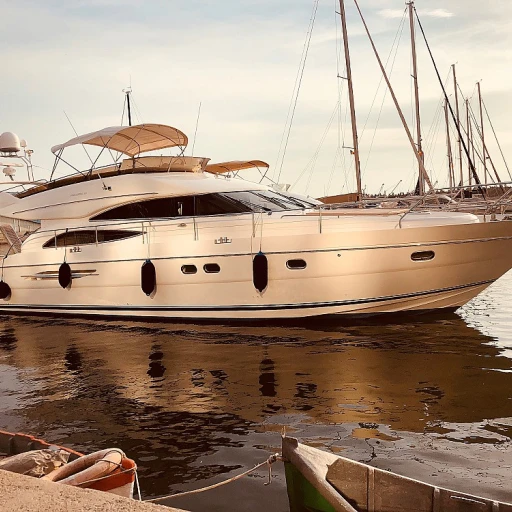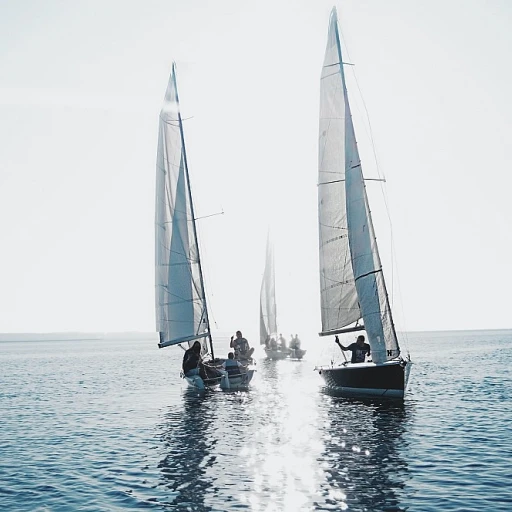Understanding Canting Mast Technology
Deciphering the Dynamics of Canting Masts
Canting mast technology represents a transformative approach in the sailboat industry, enhancing performance through a unique symbiosis between traditional mast structures and innovative movement systems. By understanding how this technology integrates into a sailboat's rig, sailors can gain a competitive edge, particularly in racing environments. The canting mast—a significant evolution from the conventional fixed mast—introduces a crucial element of dynamism. Unlike traditional sailboat masts, a canting mast can pivot laterally at its base, allowing it to remain vertical regardless of the angle of heel experienced by the hull. This capability is essential for maximizing the sail's exposure to the wind, optimizing the righting moment, and keeping the sail at a powerful angle effectively. One of the fundamental aspects of this system is the relationship between the moving mast and the sailboat's keel. The canting mast operates in concert with a canting keel, creating a balance that minimizes unnecessary heeling and maximizes propulsion. This ensures that the boat's performance remains efficient across varying wind speeds and directions. The technical aspect involves considering how the mast attaches to the hull deck, incorporating advanced materials that support the movement mast mechanism. Engineers must precisely consider shroud tension and the rigging of both the mainsail and jib. The mainsail sheet's precision in fine trim also plays a critical role, keeping the sail optimally aligned to the wind's point of attack. Overall, the canting mast system necessitates an understanding of both the physical forces at play and the technological innovations that enable this dynamic movement. It's an intricate dance of engineering and design that pushes the boundaries of what modern sailboats can achieve, offering a glimpse into the future of yacht racing. Explore how this dynamic technology shapes performance sailing and beyond.Benefits of Canting Masts for Sailors
Embracing Advantages for Sailors
Canting mast sailboats are pushing the boundaries of innovation, providing sailors with a multitude of benefits that enhance the overall sailing experience. Let’s delve into the key advantages that this technology brings to the art of sailing. One of the most significant benefits of canting masts is their ability to shift the rig in such a way that optimizes the sailboat's righting moment. By adjusting the mast’s vertical position, sailors can strategically manage the degree of heeling, creating a more stable and efficient sailboat. This is particularly advantageous when facing gusts of varying wind speeds. Facilitating a fine trim, the moving mast system allows for tailor-made adjustments. This ensures the sails remain in the optimal position, producing effective and precise sailing. The canting mast technology permits the keel to cant as well, further balancing the boat and reducing drag on the hull. This, in turn, improves overall sailing speed and efficiency. The freedom to manage both the mast vertical and lower sections means that the mast can be rigged to maximize wind exposure while providing sailors more control over the sail trim. The circular movement of the sailboat mast is complemented by the mast's ability to shift its base according to wind conditions. Additionally, the sensitivity to changes in shroud tension, combined with a jib and mainsail sheet that are well-attached to the hull deck, creates a seamless and responsive sailboat rig. It offers sailors the advantage of precision steering and reduced wear on the boom vang and mainsail sheet. These canting mast capabilities open sailors to a world of sailing that ranges from competitive environments to leisurely cruises, transforming the fundamental approach to sailboat design while maintaining the essence of sailing anarchy. For an in-depth look at one of the premier party yachts, discover more about the Ben Franklin Yacht here.Challenges and Considerations
Challenges in Handling and Balancing Canting Mast Sailboats
Canting mast sailboats, while offering their own unique set of advantages, also bring about specific challenges and considerations that sailors must navigate. Understanding these aspects is crucial to making the most of this innovative technology while ensuring safety and performance on the water. One of the primary challenges in managing a canting mast system is the complexity involved in its operation. Unlike traditional mast configurations, canting masts allow for dynamic movement, providing enhanced control over sail position and optimizing wind capture. However, this also introduces additional elements such as shroud tension, jib adjustments, and fine trim control that require meticulous management to achieve desired sailing outcomes. Another consideration is the increased load on the structure of the sailboat. The canting movement of the mast and the corresponding adjustment of the sails, including the mainsail and jib, place considerable stress on the hull, rig, and attached sails. This necessitates a robust design with reinforced hull deck connections and rigging components to withstand these forces, ensuring safety at various degrees of heeling and wind speed conditions. Additionally, integrating a canting mast with a canting keel introduces further complexity. Both systems must seamlessly work in concert, adjusting the lower base of the keel and maintaining the mast in an optimal vertical position for maximizing righting moment and minimizing the degree of heeling. This requires precise engineering and a keen understanding of the sailboat's mechanics. Crew training and experience also play a vital role in harnessing the potentials of a canting mast sailboat. Familiarity with managing mast vertical movements and the fine trim of sails can significantly impact sailing efficiency. It’s essential to have skilled hands on deck, especially in unpredictable wind conditions, to effectively operate systems such as boom vang adjustments and mainsail sheet controls. For those intrigued by the advanced design and capabilities of canting mast sailboats, comprehending these challenges presents an opportunity to deepen their knowledge and expertise in yacht innovations. For more insights into such technological marvels and how they continue to evolve the sailing landscape, see how privacy policies and yacht anarchy intertwine in cutting-edge yacht design.Canting Mast Innovations in the Yacht Industry
Advancements in Canting Mast Design
Innovation within the yacht industry continuously drives enhancements in canting mast designs. As technology progresses, yacht builders are able to refine the movement mast systems that adjust the sailboat mast to suit varying wind conditions effectively. These advancements play a crucial role in optimizing both speed and control during sailing. The design of these canting mast systems often focuses on key elements like shroud tension and upper sections. By maintaining optimal tension, the rigged sail remains stable even in fluctuating wind speeds, helping to reduce degree heeling and maximize the righting moment. Emphasis on the lower base and mast vertical position enhance this stability further, ensuring that the hull deck remains streamlined against the resistance of the water.Efficiency of Canting Systems
Modern canting mast systems incorporate smart technology and materials that allow for more precise control. Sailboats with canting masts benefit from advanced mechanisms such as the boom vang and circular point fittings. These systems contribute to the sailboat's ability to fine trim the jib and mainsail sheet, adjusting the angle to harness wind effectively, providing a surge in sailing performance. A significant advantage presented by these innovations is the introduction of lighter materials that reduce the overall weight of the mast and boom sections. This reduction in weight is essential for enhancing the agility and speed of the sailboat, allowing for swift movement across the water.Enhancing the Sailing Experience
These innovations not only improve performance but also elevate the sailor's experience on the water. With systems more responsive to changes in wind dynamics, sailors can confidently navigate through sailing anarchy that often results from unpredictable weather conditions. The moving mast technology ensures that the mast can be adjusted even during intense sailing conditions, offering a more flexible and enjoyable voyage. As these innovative systems become more integrated into modern yachts, both novice and seasoned sailors alike can look forward to an enhanced sailing experience. The industry continues to push boundaries, refining canting mast capabilities to meet the evolving demands of the sailing community.Notable Canting Mast Sailboats
Prominent Sailboats Equipped with Canting Masts
The world of canting mast sailboats is as dynamic as the sailing technology itself, with a number of sailboats making significant impacts in competitive sailing, thanks to the innovations discussed earlier. These sailboats are testaments to how effectively the canting mast technology can be integrated and utilized for enhanced performance and efficiency. One such sailboat is the highly-regarded design, which has seen success in racing circles due to its advanced canting system and its effective use of shroud tension to optimize the sail rig. Its mast vertical movement enables fine trim adjustments, directly impacting its degree of heeling and, consequently, the boat's righting moment. As the wind speed increases, this setup allows for more precise control, keeping the boat in optimal sailing condition. Another notable example is a vessel that maximizes the benefits of a canting keel, in conjunction with its canting mast, providing an impressive synergy between the hull design and sail efficacy. These boats often feature a jib and mainsail configuration that takes full advantage of the moving mast and boom vang setup to maintain stability and speed. These pioneering sailboats not only illustrate the technological advancements within the industry, but also embody the spirit of innovation found in modern sailing anarchy. Each sailboat, with its unique canting rig and sail system, contributes to the evolving landscape of yacht design and function, proving that canting mast technology isn't just a passing trend, but a lasting evolution in the nautical world.Future Trends in Canting Mast Sailboats
Emerging Trends in Canting Mast Sailboats
The future of canting mast sailboats is poised for exciting developments as technology continues to advance. As we look ahead, several trends are emerging that promise to redefine the sailing experience.
Enhanced Automation and Control Systems
One significant trend is the integration of more sophisticated automation and control systems. These systems will allow sailors to manage the canting mast, keel, and rig with greater precision. By optimizing the movement mast and shroud tension, sailors can achieve a fine trim that responds dynamically to changes in wind speed and direction. This not only enhances performance but also makes sailing more accessible to those who may not have extensive experience with traditional rigged sail setups.
Material Innovations
Advancements in materials are also set to play a crucial role. The development of lighter, stronger materials for the mast, hull, and rigging components will reduce the overall weight of the sailboat, allowing for faster speeds and improved efficiency. These materials will also enhance the durability and longevity of the sailboat mast and other critical components, providing a better return on investment for yacht owners.
Sustainability and Environmental Considerations
As environmental concerns continue to grow, the yacht industry is increasingly focusing on sustainability. Future canting mast sailboats will likely incorporate eco-friendly materials and energy-efficient systems to reduce their environmental footprint. This includes the use of renewable energy sources for power and propulsion, as well as innovations in hull design to minimize drag and improve fuel efficiency.
Customization and Personalization
Finally, there is a growing demand for customization and personalization in the yacht industry. Sailors are seeking sailboats that reflect their unique preferences and sailing styles. This trend is driving manufacturers to offer more options for customizing the mast vertical position, jib configurations, and mainsail sheet setups. The ability to tailor a sailboat to individual needs not only enhances the sailing experience but also increases the appeal of canting mast technology to a broader audience.
As these trends continue to evolve, the future of canting mast sailboats looks bright, promising innovations that will enhance performance, sustainability, and personalization for sailing enthusiasts around the world.

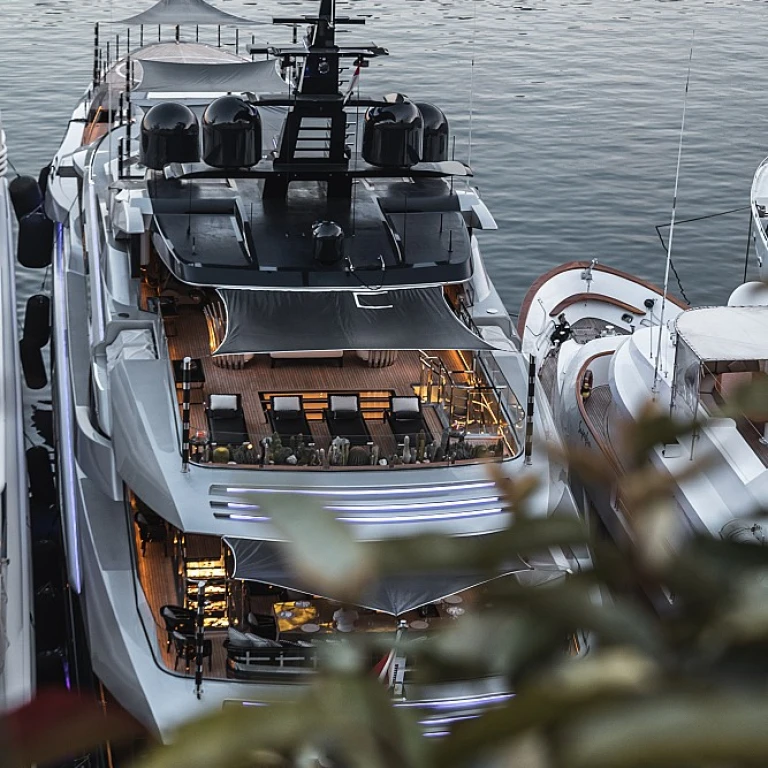
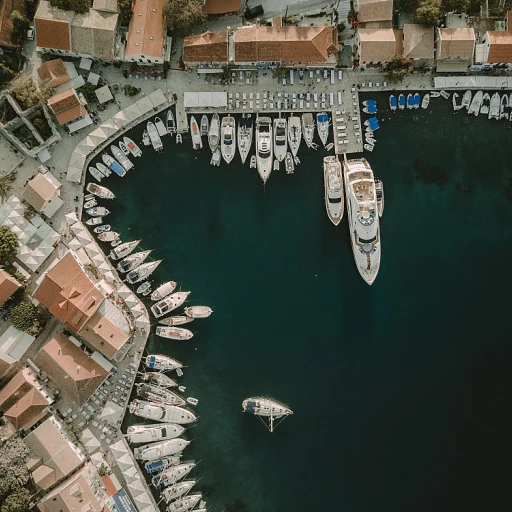
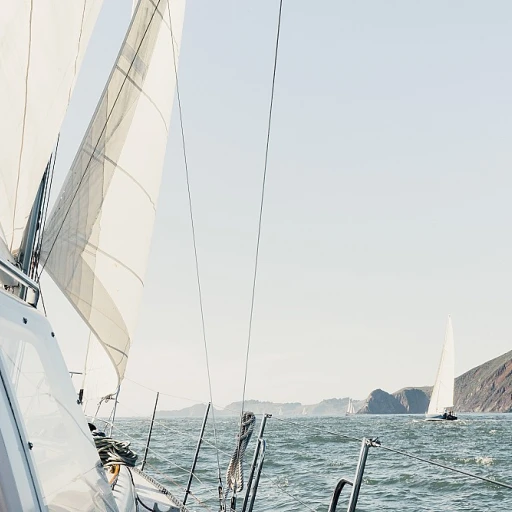

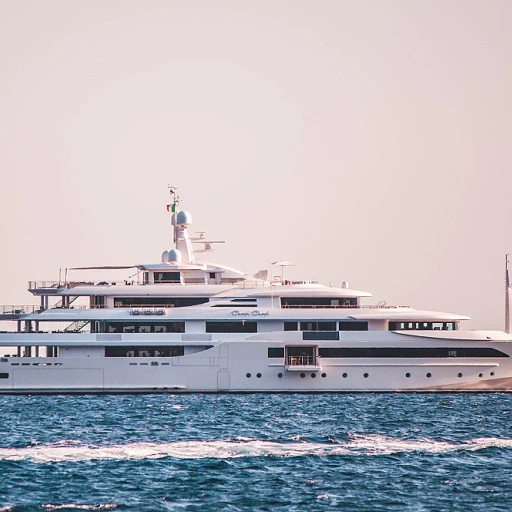
-large-teaser.webp)


